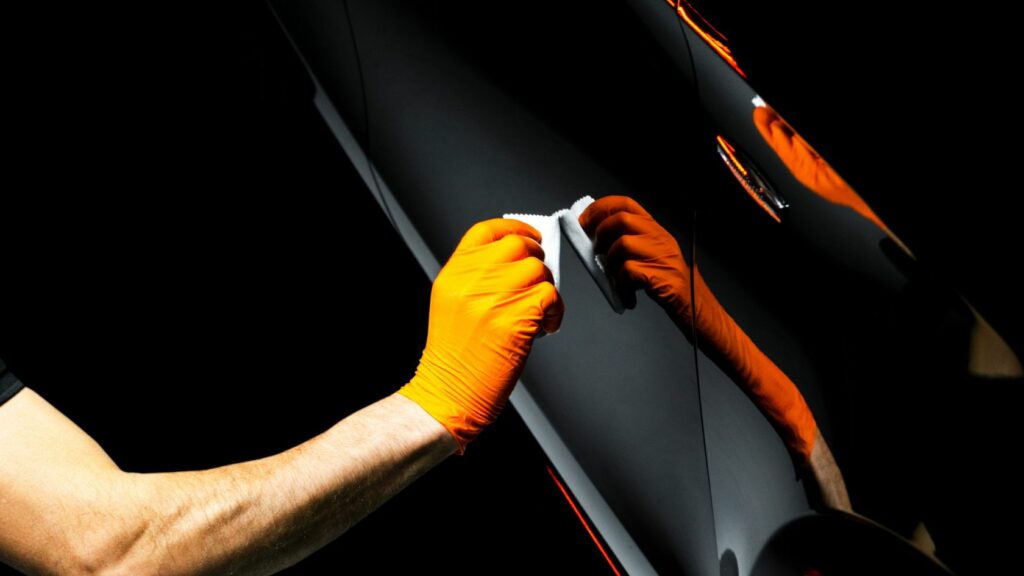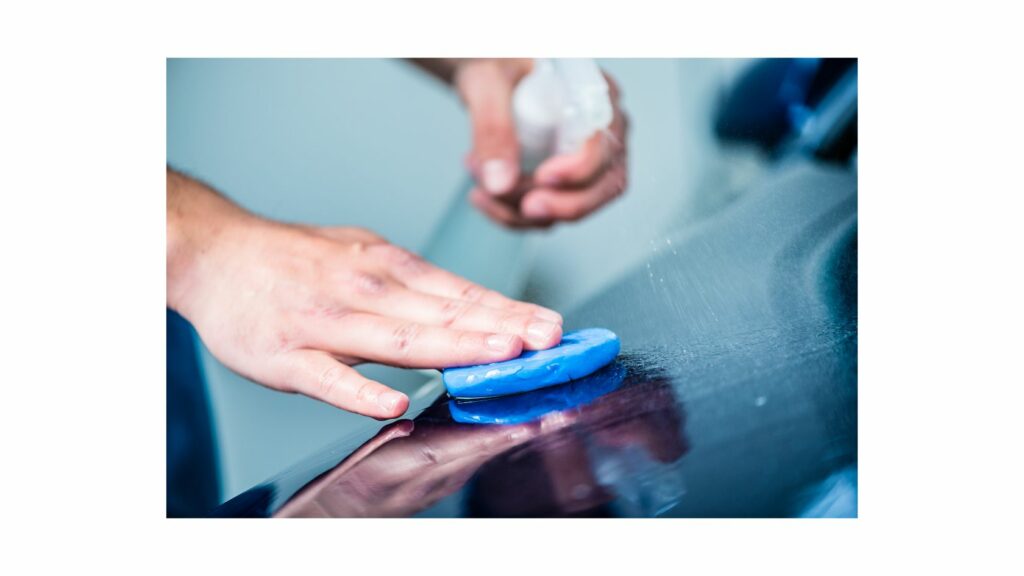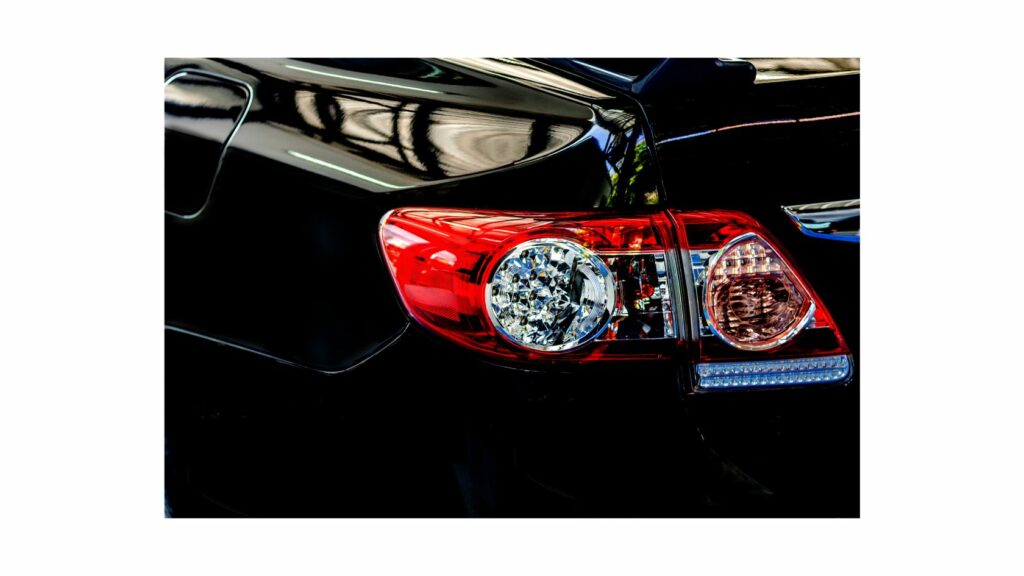
If you’re a car enthusiast, you know the importance of maintaining a pristine exterior. And that’s where car wax comes into play. If you are using liquid wax on your car exterior and don’t know how long does liquid car wax last then this is the post to read.
In this blog, we’ll explore the fascinating world of car wax, focusing on the longevity of liquid wax and its benefits.
We will cover various factors that influence the durability of liquid waxes. Additionally, we’ll dive into the age-old debate of liquid vs paste wax, dissecting their unique characteristics and helping you determine which is the ultimate contender for your car’s shine.
You will also find answers to some of the common questions related to car waxing so, continue reading till the end!
How long does liquid car wax last?
If it is about the expiry date of your liquid car wax then no need to worry. Experts recommend that you can use the same can of car wax for years to come. However, you can expect to see good results mainly in the first 2-3 years of its usage.
Now, if it is about the longevity of wax on your car exterior then the answer is not straightforward. The lifespan of liquid car wax depends on various factors such as the quality of the product, environmental conditions, and how well it’s applied and maintained.
On average, liquid car wax can provide protection and shine for around 2 to 3 months. However, some high-quality waxes may last up to 6 months or even longer.
Regular maintenance, including washing your car with gentle products and avoiding harsh detergents, can help extend the longevity of the wax.
Related Read: Why are car care products important
Additionally, parking your vehicle in a covered or shaded area can shield it from the damaging effects of UV rays and prolong the wax’s durability.
Remember, consistent application and proper care are key to maximizing the lifespan of your liquid car wax.
Factors that contribute to the longevity of wax on your car exterior
As mentioned earlier, the longevity of wax on your car exterior depends on several key factors that require attention and regular maintenance.
Let’s delve into these factors to ensure your wax stays intact and provides optimal protection and shine.
Regular Maintenance: Consistent and proper maintenance is crucial to preserving the longevity of your car wax. If you are thinking that washing and applying the wax is enough to keep your car looking good forever then you are wrong.
Regularly wash your car using a high-quality car wash shampoo or detergent. The quality of washing shampoo or detergent is important as inferior products may impact the existing as well as newly applied wax.
Superior and reputed car wash shampoos help remove dirt, grime, and contaminants without deteriorating the wax over time.
Quality of the Liquid Wax: The quality of the liquid wax you choose also plays a significant role in its longevity. Instead of cheaper versions, opt for a reputable brand that offers durable and long-lasting formulas.
High-quality liquid waxes contain advanced polymers and ingredients that enhance durability and provide extended protection.
Car Wax Application: Another important factor that is vital for the longevity of wax is the way it is applied. First of all, ensure your car’s surface is clean and dry before applying the wax.
Use an applicator pad or cloth to spread the wax evenly, following the manufacturer’s instructions. Allow the wax to cure and bond with the paintwork before buffing it off.
If the application process seems cumbersome take your vehicle to the professional car cleaning service rather than spoiling your car surface.

Environmental Conditions: Environmental factors pertaining to excessive exposure to sunlight, extreme temperatures, harsh weather conditions, and pollutants can accelerate the breakdown of wax.
Whenever possible, park your car in a shaded area or use a car cover to shield it from harmful elements.
While you cannot control the weather and environment protecting your car exterior from their damaging impacts can increase the longevity of car wax.
By paying attention to these factors, you can extend the lifespan of the wax on your car exterior, keeping it well-protected and maintaining its glossy appearance.
What does car wax do?
Car wax serves as a protective shield for your vehicle’s paintwork. When applied appropriately to the exterior surface, car wax forms a transparent layer that acts as a barrier against environmental elements, such as UV rays, dirt, debris, and moisture.
It also helps prevent oxidation and fading, preserving the color and shine of your car’s paint. Additionally, car wax offers hydrophobic properties, causing water to bead and slide off easily, making it easier to clean and reducing the chances of water spots.
This protective layer also minimizes the adhesion of contaminants, making it easier to remove bugs, bird droppings, and tree sap.
Overall, car wax enhances the longevity and appearance of your vehicle, giving it a lustrous and well-maintained finish.
How long does car wax take to dry?
Generally, car wax takes anywhere from a few minutes to several hours to dry completely.
In real-time, the drying time of car wax can vary depending on various factors such as the type of wax, environmental conditions, and the thickness of the wax application.
Spray waxes and quick detailers, which are typically lighter in consistency, tend to dry relatively quickly. They usually dry within a few minutes, allowing for convenient and swift application.
Paste waxes and liquid waxes, on the other hand, may require a bit more time to dry. It is recommended to let them sit on the vehicle’s surface for around 15 to 30 minutes, or as specified by the manufacturer. During this time, the wax forms a thin film as the solvents evaporate.
External factors such as temperature, humidity, and airflow can affect the drying time of car wax. Warmer temperatures and low humidity levels generally facilitate faster drying, while colder temperatures and high humidity may prolong the drying process.
To ensure that the car wax is fully dry, it is advisable to perform a touch test. Gently touch the waxed surface with your fingertips. If the wax feels dry to the touch without any residue or stickiness, it is likely ready for buffing or removal.
Remember to follow the specific instructions provided by the manufacturer of the car wax product you are using, as drying times can vary between different brands and formulations.
Should you wax your car after every wash?
Waxing your car after every wash can be beneficial for maintaining its appearance and protecting the paintwork.
Regular waxing helps to create a barrier against environmental contaminants, UV rays, and pollutants that can damage the paint over time. It adds a layer of shine and enhances the overall aesthetic appeal of your vehicle.
However, the frequency of waxing can depend on several factors such as your location, driving conditions, and personal preferences.
If you live in an area with harsh weather conditions, frequent exposure to salt, or extreme temperatures, waxing more often can provide added protection.
It also depends on the liquid/soap you use for washing your car. Household cleaning solutions or non-dedicated shampoos are prone to leaving scratches and affecting the paintwork. In such cases, it is important to apply wax after every wash.
How long does ceramic wax last?
Ceramic wax is a revolutionary car care product known for its long-lasting durability. Unlike traditional waxes, ceramic wax forms a strong bond with the paint surface, creating a protective layer that can withstand the elements for an extended period.
On average, ceramic wax can last anywhere from six months to two years, depending on factors like climate, driving conditions, and maintenance.
Its exceptional resistance to UV rays, chemicals, and environmental contaminants ensures that your vehicle maintains a glossy and well-protected finish.
With its longevity, ceramic wax reduces the need for frequent reapplication, saving you time and effort in maintaining your car’s appearance.

Does liquid wax last longer than spray wax?
Liquid wax generally tends to last longer (six months or more) than spray wax due to its formulation and thicker consistency.
The liquid wax forms a more durable and robust protective layer on the paint surface, offering extended defense against environmental contaminants and UV rays.
On the other hand, spray wax provides a quick and convenient application but may require more frequent reapplication to maintain optimal protection.
Consider your specific needs and preferences, as well as the level of durability and convenience you desire, when selecting between liquid wax and spray wax for your car care routine.
Which wax is better liquid or paste?
When it comes to choosing between liquid wax and paste wax for your car, it ultimately depends on your personal preferences and the desired results.
Liquid wax offers ease of application, as it can be spread thinly and evenly over the paint surface. It is ideal for quick touch-ups and regular maintenance.
On the other hand, paste wax is thicker and requires more effort to apply, but it provides a longer-lasting protective layer and enhanced shine. Paste wax is often favored for its durability and ability to withstand harsh environmental conditions.
Consider factors such as your time commitment, desired level of protection, and the condition of your vehicle’s paint when deciding between liquid and paste wax.
Should you remove old wax before waxing the car?
While it is not always necessary to remove old wax, doing so can provide better results.
Over time, wax can accumulate and become dull, diminishing the shine and protective properties.
By removing the old wax, you create a clean surface for the new wax to bond effectively. This allows for a smoother application and ensures maximum durability and shine.
However, if the existing wax is in good condition, you can simply apply the new wax on top. Consider the condition of your car’s paintwork and the longevity of the previous wax job to make an informed decision.
How do you clean liquid wax?
Cleaning liquid wax from your car is a simple process that ensures a smooth and glossy finish.
- Start by gathering a microfiber cloth or applicator pad. Dampen the cloth with a mild car wash soap diluted in water.
- Gently wipe the waxed surface, applying light pressure to remove any residue.
- Rinse the cloth frequently to prevent the transfer of wax back onto the car. For stubborn or hard-to-reach areas, use a soft-bristle brush or detailing tool.
- Finish by rinsing the car with clean water and drying it thoroughly with a microfiber towel.
Regular cleaning of the liquid wax not only keeps your car looking its best but also prepares it for a fresh coat of wax, ensuring optimal protection and shine.
Final thoughts
There is no doubt about the effectiveness of liquid car wax. But to prolong the duration of liquid wax on your car exterior you must consider many factors before applying.
Proper and consistent maintenance, such as regular washing and using appropriate cleaning products along with high-quality liquid wax, can help prolong the lifespan of the wax.
Additionally, protecting your car from harsh environmental conditions, such as extreme temperatures and pollutants, can also help maintain the wax’s integrity.
By considering these factors, you can maximize the lifespan of liquid car wax and keep your car’s exterior protected and shining.
